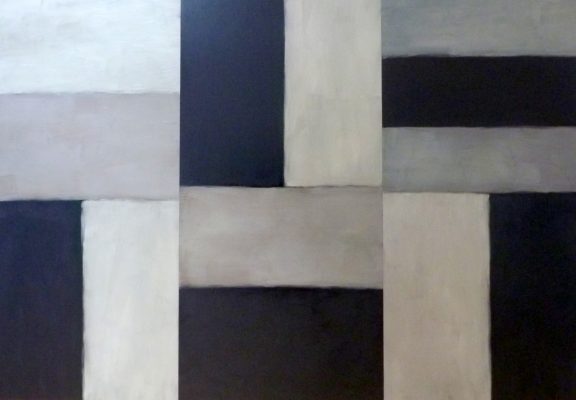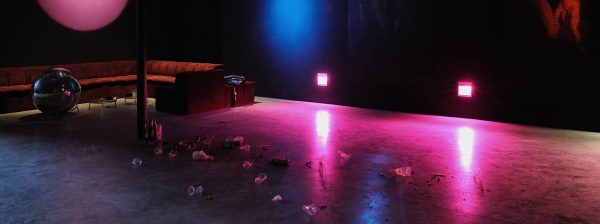The summer of 2016 was for me the Summer of Dodie Bellamy. I am a New York resident, but by strange coincidence, when this interview was proposed to me by a White Review editor I happened to be living temporarily just outside San Francisco, Bellamy’s longtime purlieu. I also happened to be headed over to her house for a party later on that week. Thus I was able to secure a verbal ‘yes’ to the interview plan. Bellamy and I subsequently sat down mid-August in her SOMA apartment to discuss her work, particularly her recent essay collection, When the Sick Rule the World (2015).
For those less familiar with San Francisco, SOMA stands for ‘South of Market.’ The area contains industrial structures and a few modest wood-clad apartment buildings, but has recently received liberal architectural additions in the form of luxury condominiums and corporate monoliths. Bellamy describes the ongoing gentrification of the neighbourhood where she has lived since 1990 with her partner, the poet Kevin Killian, in her essay ‘In the Shadow of the Twitter Towers’. The essay’s treatment of the present as a confluence of economic and cultural pressures, personal desire, paranoia, ambition, and, oh yes, real estate, is heady and affecting. It exemplifies Bellamy’s skilful attention to the welter of forces and dynamics shaping contemporary life and carries a trace of her schooling in the New Narrative literary movement of the 1970s, ’80s and ’90s. New Narrative writing, often associated with the writer Robert Glück, usually includes the author’s forthright acknowledgement of her or his own body and sexuality, as well as that of the reader, along with the actual time and place of writing. The author of at least eleven books of prose and poetry, including Cunt-ups (2001) and The TV Sutras (2014), Bellamy is additionally concerned with affect and precarity, and where desire can lead us once we forgive false notions of what humans need and deserve. Whether or not you find Bellamy’s work ‘experimental’ – in the interview she herself takes issue with this term – it seems clear that her work is engaged with questions about what and where daily life is, not to mention who is experiencing this life, so called. Bellamy doesn’t so much rail against traditional literary forms and genre as ignore them in favour of more exciting and enticing ways of proceeding.
On the afternoon of our August meeting, Bellamy fed me homemade date cookies and green tea. I met Sylvia the cat, one of two felines – the other is Ted, as in Ted Hughes and Sylvia Plath – with whom Bellamy and Killian share their home. Sylvia displayed a distinct lack of shyness, while Bellamy patiently and generously satisfied my curiosity about her life and writing. What follows is a lightly edited transcript of our conversation.




